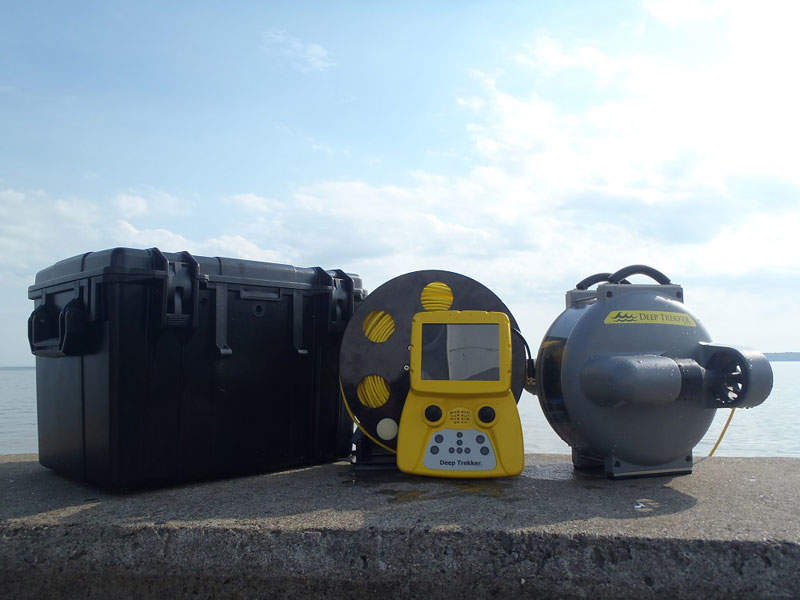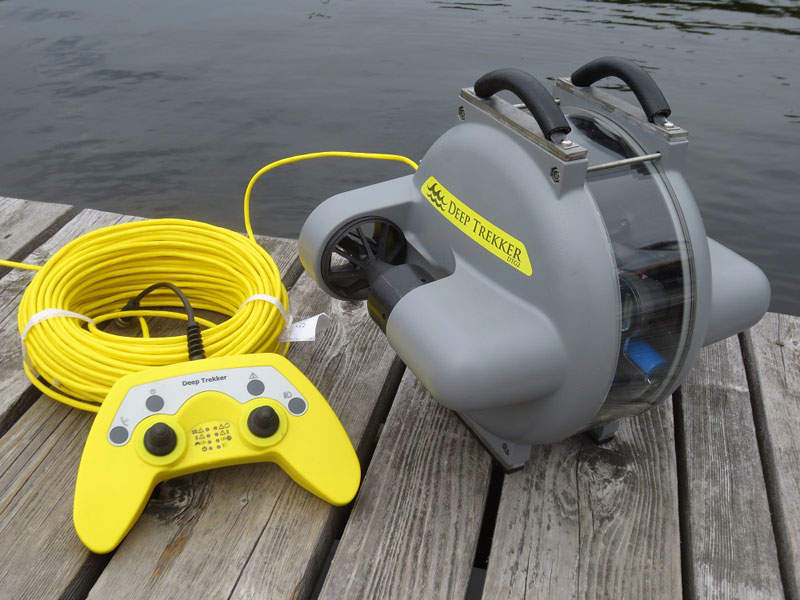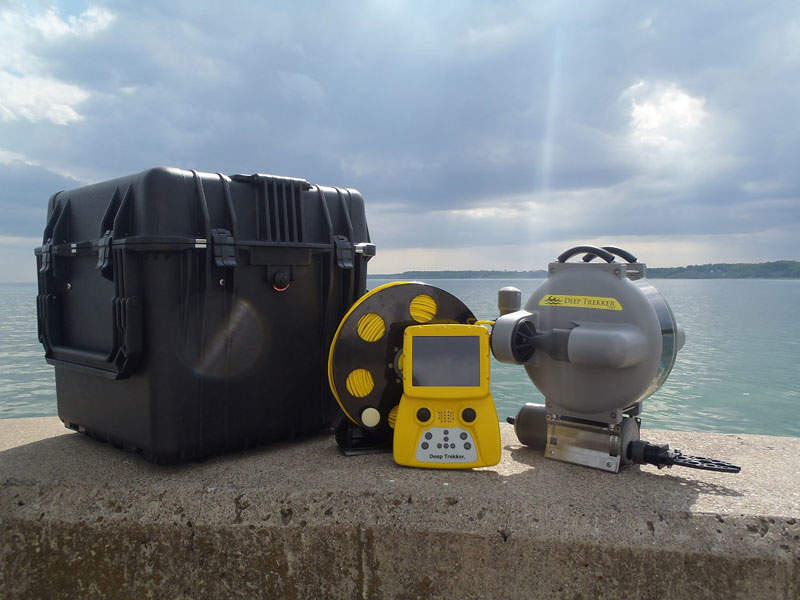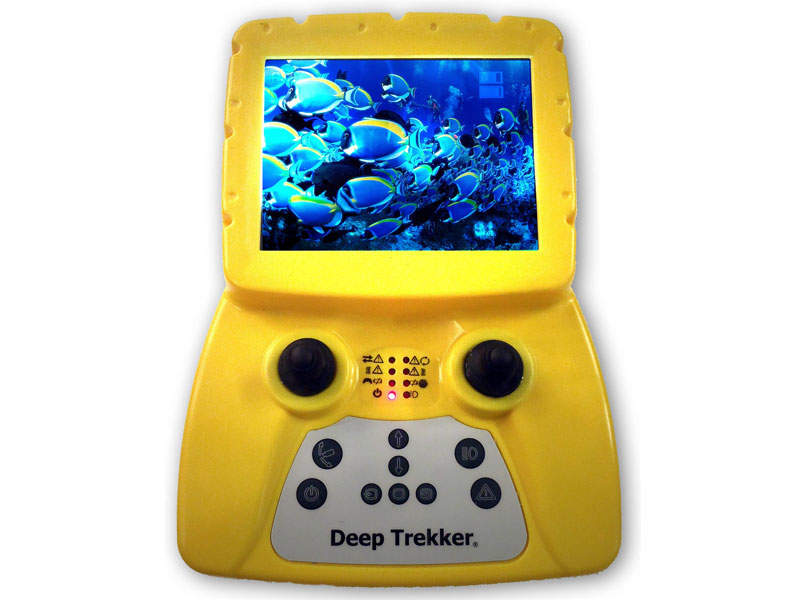The DTG2 series of small remotely operated vehicles (ROVs) are produced by Deep Trekker for use by military and search-and-rescue (SAR) organisations.
The vehicle range includes DTG2 Starter, DTG2 Pro, DTG2 Smart and DTG2 Worker ROVs. Starter and Pro are designed to operate at a standard depth of 100m, while the Smart and Worker ROVs can be deployed to a standard depth of 150m.
Deep Trekker received an order from the Royal Canadian Navy (RCN) to deliver 12 new vehicles in June 2017.
ROV design details
The patented design incorporates a robust outer shell made of anodised die-cast aluminium. It is powder-coated to resist harsh marine environments. The portable design also makes DTG2 an ideal platform for naval dive teams.
The compact ROV measures 279mm long, 325mm wide and 258mm high, while it weighs 8.5kg. The operating temperature range of the ROV varies between -5°C and 40°C.
DTG2 ROV payloads
The DTG2 ROV is equipped with a 0.01 Lux 700HD camera offering a 320° range of view. The on-board camera enables the ROV to operate in low-light environments. It can also be integrated with the Micron single-sweep sonar for navigation through low-visibility waters.
The ROV integrates a high-efficiency internal LED floodlight providing 300 lumens, while the outer shell of the ROV can be optionally fitted with two auxiliary LED floodlights generating 1,200 lumens.
Other optional equipment includes an internal 4K camera, digital video recorder, underwater controller, auxiliary cameras and GoPro mount. Other non-compulsory devices include a laser scaler, crawler wheels, cutter attachment, sediment sampler and water sampler.
The modular design also allows for the integration of third-party add-ons, such as sonar systems, positioning systems, non-destructive testing (NDT) tools and a control console.
DTG2 ROV navigation and control
The ROV is operated using a hand-held controller connected through a tether. The hand-held controller features a brighter screen and quick video out port. The polyurethane covering of the cable is embedded with lightweight synthetic fibres.
The lightweight tether is neutrally buoyant in water and is secured through a heavy-duty aluminium electric slip ring. It offers maximum working and breaking strengths of 25kg and 90kg, respectively.
The sensors on the ROV provide operational characteristics, including heading, depth, camera angle, turns counter, pitch and roll. They also enable auto-heading and auto-depth. The camera system provides a basic view of the environment around the ROV. The vehicle can be guided towards the object for investigation, upon the identification of an area of interest.
The ROV transmits a real-time video feed to the hand-held controller on the surface, allowing the operator to pilot the vehicle in accordance with the mission profile.
Propulsion of the ROV
The ROV is propelled by two independent thrusters powered by rechargeable lithium-ion batteries located inside the hull. The batteries offer a run time of up to six hours, while the electric system offers a voltage of 19.2V DC.
The vehicle can also be powered by the new hybrid-power system for achieving an unlimited run time. The optional hybrid-power system includes a lightweight power cable, which sends power to the internal batteries to continuously charge the unit. The cable can be extended up to 150m according to the mission requirements.
The infinitely variable thrusters are capable of rotating a complete 180° to ensure easy lateral movements, including up and down, side to side, forwards and rearwards. The propulsion system provides a maximum speed of 2.5k.











